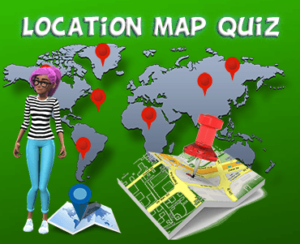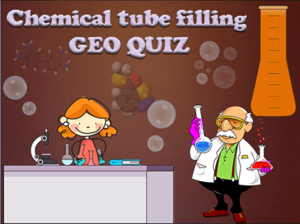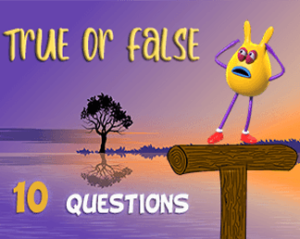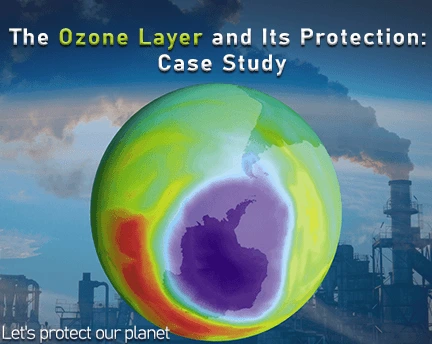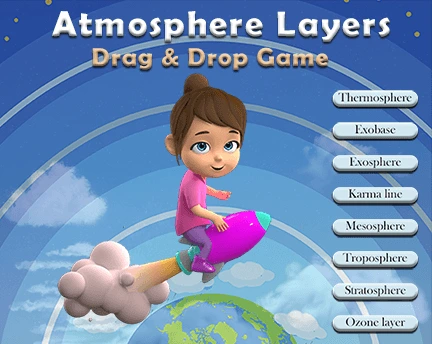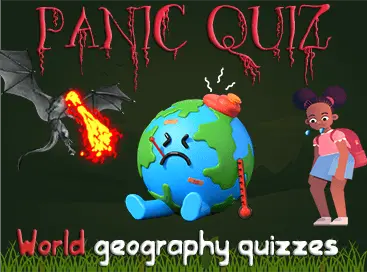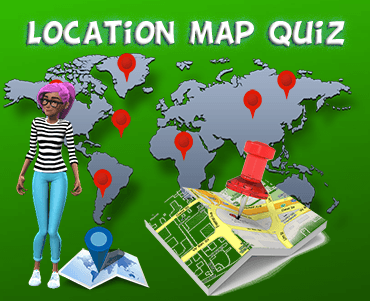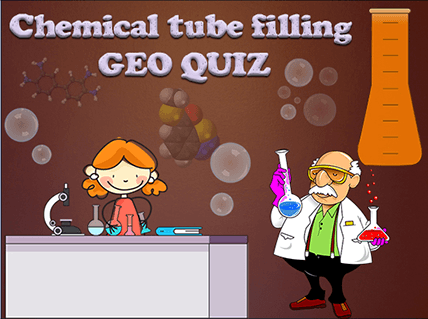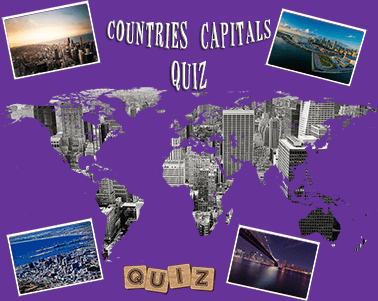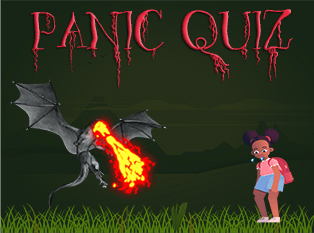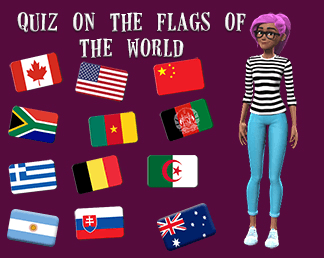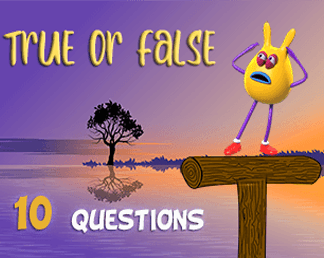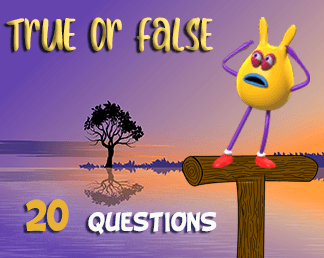Atmosphere layers in order : identification game is an interactive learning game to teach kids the order of the layers of the atmosphere identified by scientists, from the troposphere to the exosphere by way of the ozone layer, the stratosphere, outer space and more. This fun quiz game is easy to use and anyone can play it, from kids in elementary school to adults wanting to brush up on their knowledge. A great way to learn about space.
Atmosphere layers in order : a 3D identifiaction game
Atmosphere layers in order is a gamified way of teaching the layers of the atmosphere and a fun way for students to learn about the layers of our atmosphere and why they are there! Atmosphere Layers is a fun game for kids and helps them learn the layers of atmosphere easily through 8 levels of quiz where images are arranged in a logical manner. Using this game your child will quickly learn the layers like troposphere, stratosphere and ozone layer with colors, names and thicknesses.
Earth’s atmosphere layers in order
The atmosphere is about 10,000 km thick. But 99% of its mass is in the first 30 kilometres. The atmosphere is divided into 5 superimposed layers. Each of these layers has different properties (thickness, temperature, pressure). From the Earth’s surface, these layers are:
The troposphere layer
The troposphere is the lowest layer of the atmosphere. Its temperature decreases with altitude by 6.5°C per km. The tropopause is its upper limit. It reaches an altitude of 13 km on average, but it’s different depending on latitude and season. The troposphere represents 80% of total atmospheric mass and 1.5% of total atmospheric volume. Meteorological phenomena (precipitation, tornadoes, lightning) occur in this layer as well as polluting gases from human activities (industries, transport).
The troposphere is the layer closest to the earth’s surface. It gets colder as you go up through it. Its average thickness is 13 km. Its upper limit is called the tropopause (temperature around -60°C).
The stratosphere
The stratosphere rises to 50 km altitude where temperature becomes similar to that on Earth’s surface. Ozone layer absorbs solar radiation between 20 and 30 km altitude making it warmer in this region. The famous hole in the ozone layer is also located in this layer.
The mesosphere
The mesosphere is between 50 and 80 km above sea level. It’s extremely cold—as low as -140°C at the top of the mesosphere (called the mesopause). It’s here where meteors burn up and form shooting stars.
The thermosphere
The thermosphere extends between 80 and 600 km altitude. It is very hot (up to 1,200°C) here because there are no air molecules left for thermal exchange. In this layer, auroras occur—the aurora borealis in the northern hemisphere and the aurora australis in the southern hemisphere
The exosphere
The exosphere extends up to an altitude of 10,000 kilometers (6,200 miles); it contains many smallish grains of charged particles (electrons and ions) that are drifting along with Earth’s magnetic field; here, too, satellites orbit at speeds as high as 8 km/sec.
Similar activity can also be found on Scied.ucar.edu



